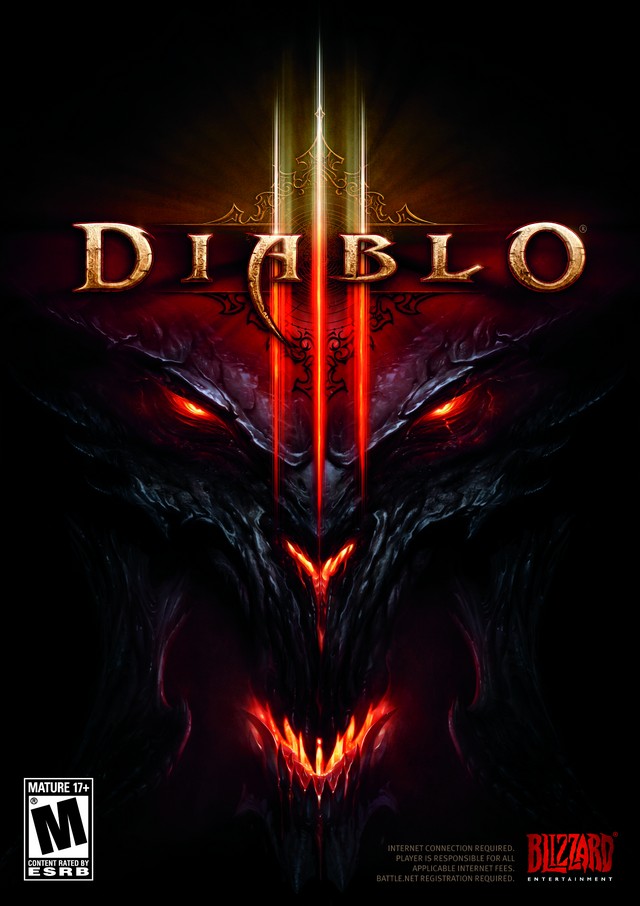Diablo III Review
-
Category: ReviewsHits: 36226

Article Index
Page 2 of 6
Barbarians, Wizards and Witch Doctors, Oh My As with any Diablo game, the place to begin discussion about gameplay is in the characters available to hack and slash through the forces of Hell with. Blizzard, in keeping with Diablo tradition, provides a few classic staples as well as some more exotic choices. As I noted in my beta preview late last year, the new classes are the Barbarian, Wizard, Demon Hunter, Monk and Witch Doctor, and these roughly correspond to Diablo II's Barbarian, Sorceress, Amazon, Assassin and Necromancer. All of them are fun to play as, though they conform more to typical gameplay roles than they did in Diablo II.
While the possibilities in actually outfitting and using your character remain compelling, across the board the questions that are posed are less about what role you want to fulfill and more about how you want to fulfill it. Take the Barbarian, for example. Although it's never been an especially complicated character to play as, Diablo II's had a number of war cries and other abilities that made the Barbarian both a front-line fighter, but an equally capable support character as well. In Diablo III, the Barbarian's abilities are a bit more limited, with more skills dedicated to dealing direct damage and fewer dedicated to support.
The more exotic choices are definitely more interesting to play as. The Witch Doctor especially feels like a smart combination of the Druid and Necromancer from Diablo II, taking the best aspects of their summoning skills while also having more value in an offensive role. The Monk plays similarly to the Assassin, with skills based around building up combos, crowd control, and so on, and is also made valuable to party-based play thanks to a number of mantras that provide passive bonuses. Even so, they still come across as a bit less versatile than the classes in Diablo II, or the upcoming Torchlight II for that matter.
While this is a subjective point, I also wasn't especially thrilled by the classes' personalities. They range from familiar and inoffensive (Barbarian), to rather arrogant and snooty (Wizard), to preachy and sanctimonious (Monk). When you're going to be spending potentially hundreds of hours playing the same character, it's important you're happy with the character both in terms of gameplay as well as personality and attitude, and by giving the different classes much more dialogue and an active role in story conversations, some players might find it harder to find a class that they really enjoy.
Arrested Development
While the character classes are more or less the same as they've always been, Diablo III has a number of changes under the hood, including a complete restructuring of the way the game handles attributes, leveling up, damage, and so on. While it all can be said to work (mostly), I still find myself unconvinced that the changes made are for the best, or that they necessarily solve the basic issues that Blizzard set out to solve in the first place.
The most controversial of these changes is that "manual" leveling has been removed. Instead, the character advancement system has been set up in a way which, frankly, resembles Call of Duty's online multiplayer more than anything else. Whereas in Diablo II, leveling up provided a skill point and five attribute points to allocate, Diablo III has attributes increase automatically for each character class, and new skills or skill runes open up every level on their own. It's a drastic change which has both upsides and downsides.


